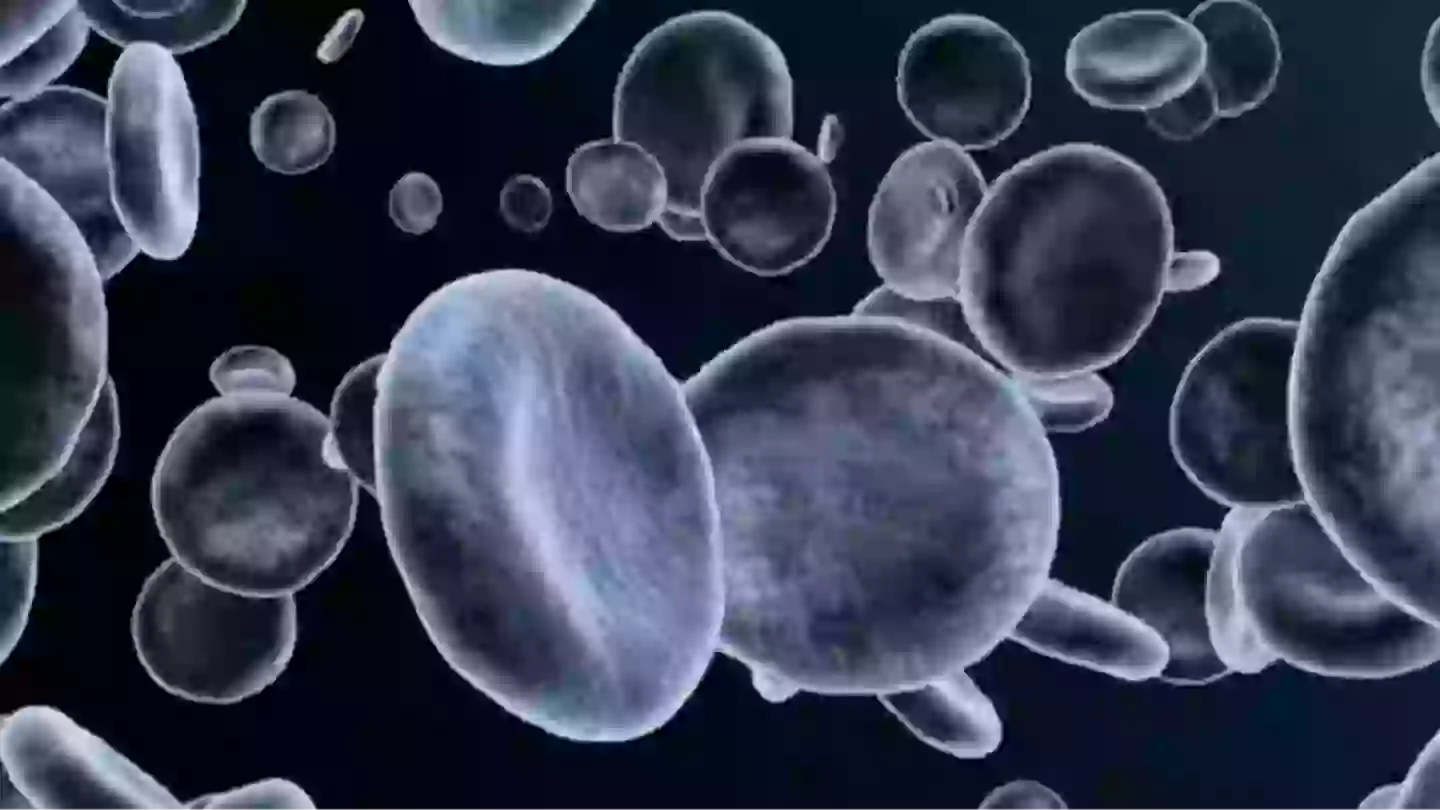A recent YouTube simulation has detailed the bodily changes that occur during a 72-hour fast. Fasting, while beneficial for some, comes with drawbacks that many might already anticipate.
Depriving the body of food can lead to fatigue, low energy, hunger pains, dizziness, dehydration, and bad breath. Despite these challenges, fasting can offer certain health advantages.
The simulation illustrates the body’s response to prolonged fasting. After eight hours without food, the body uses the remaining contents in the digestive tract for fuel. The pancreas releases glucagon, prompting the liver to release glucose.

This process stimulates the release of ghrelin, an appetite hormone, which increases the desire to eat. By the 12-hour mark, the human growth hormone (HGH) is released from the pituitary gland, a process that helps prevent muscle breakdown.
According to the video, body temperature decreases and fat reserves are tapped for energy around this time. Autophagy, a cellular cleansing process, begins as cells face stress or nutrient deprivation. Cleveland Clinic explains this as a way for the body to dismantle and recycle old cell components for efficient functioning.
By 36 hours, fat becomes the primary energy source. For those who struggle with hunger, it’s noted that hunger pangs ease around the 48-hour mark, potentially improving mood and alertness.
At the 72-hour point, it’s advised to “gently resume eating” as the body resets, with benefits extending into the following days.
Fasting has its proponents, including Sharon Osbourne, who revealed in 2023 on her podcast that she often fasts for three days each week.
Despite potential benefits, individuals are encouraged to consult healthcare professionals before undertaking extended fasting periods.

